- Jul 12, 2018
- 10,492

|
OPERATION SOARING PHOENIX III |
TOP SECRET |
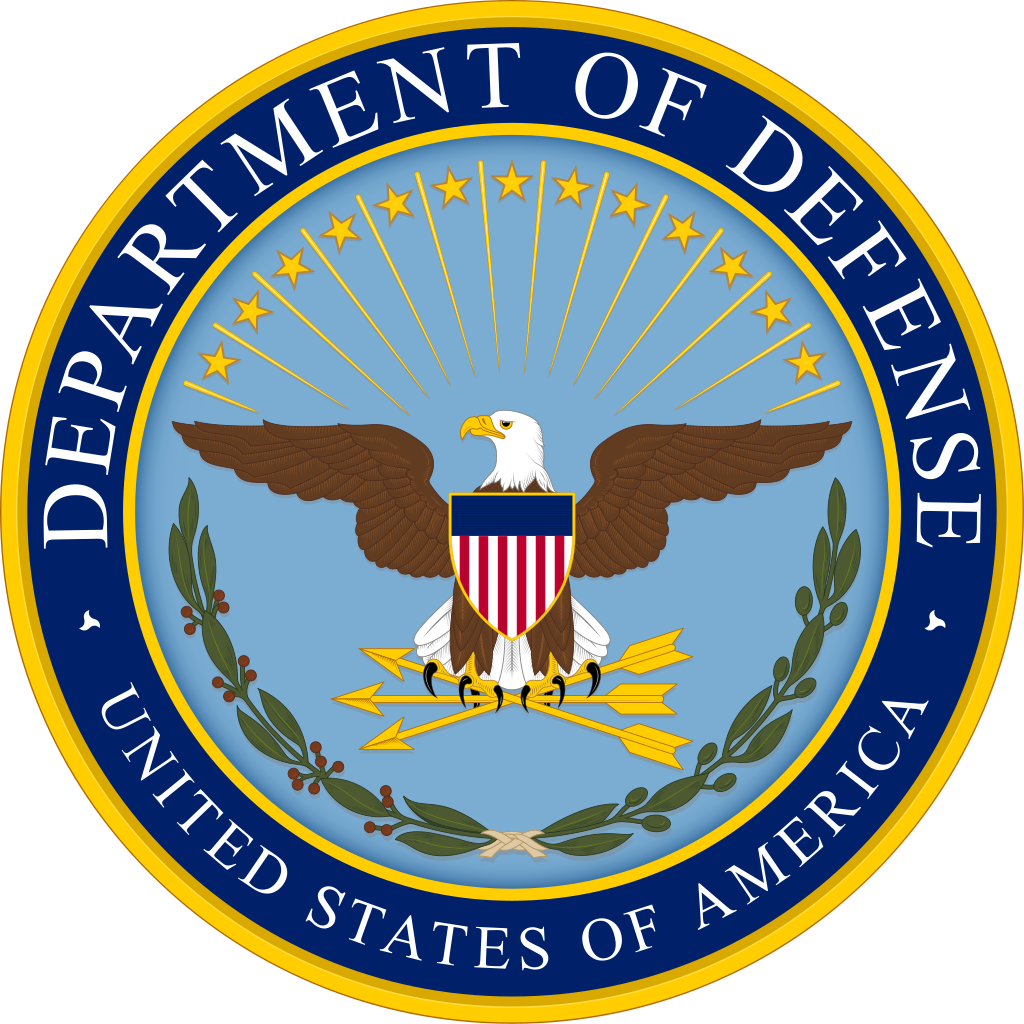
| 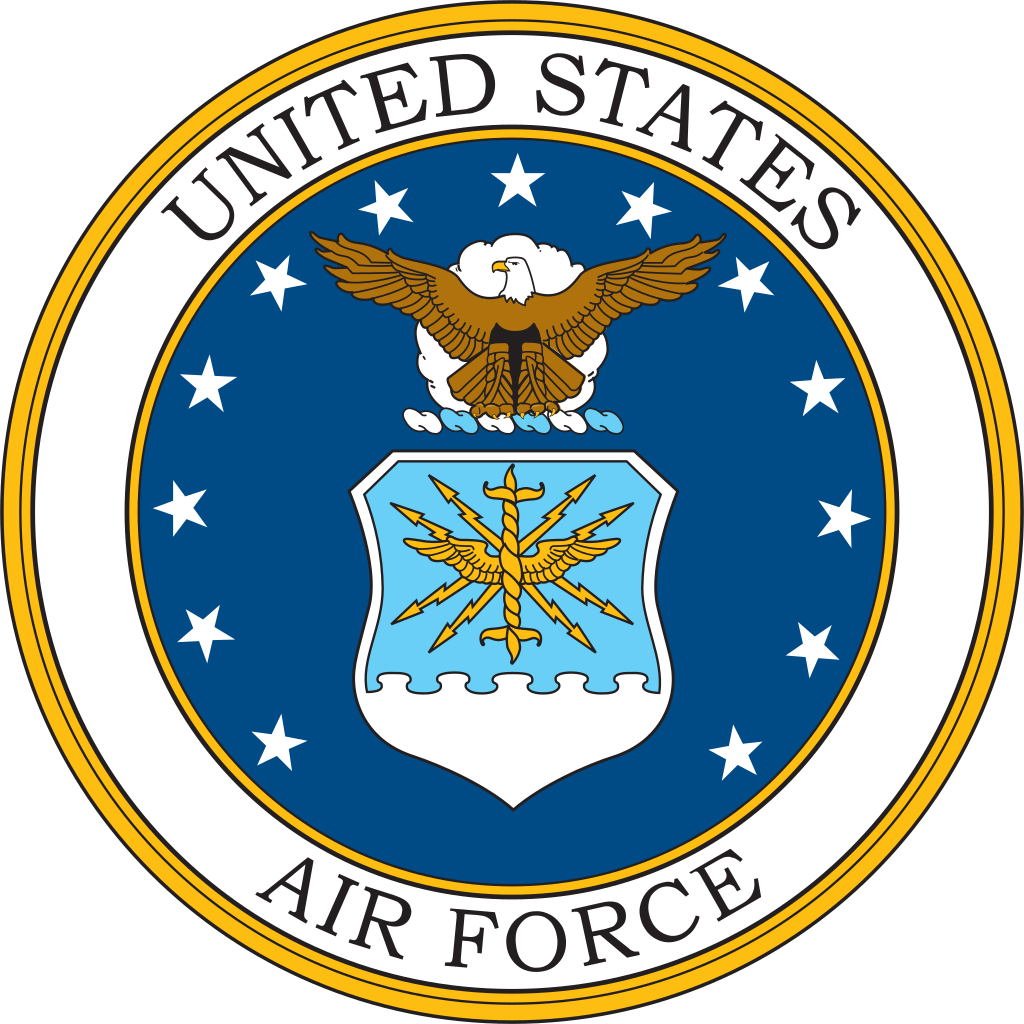
AIR FORCE DEPLOYMENT | 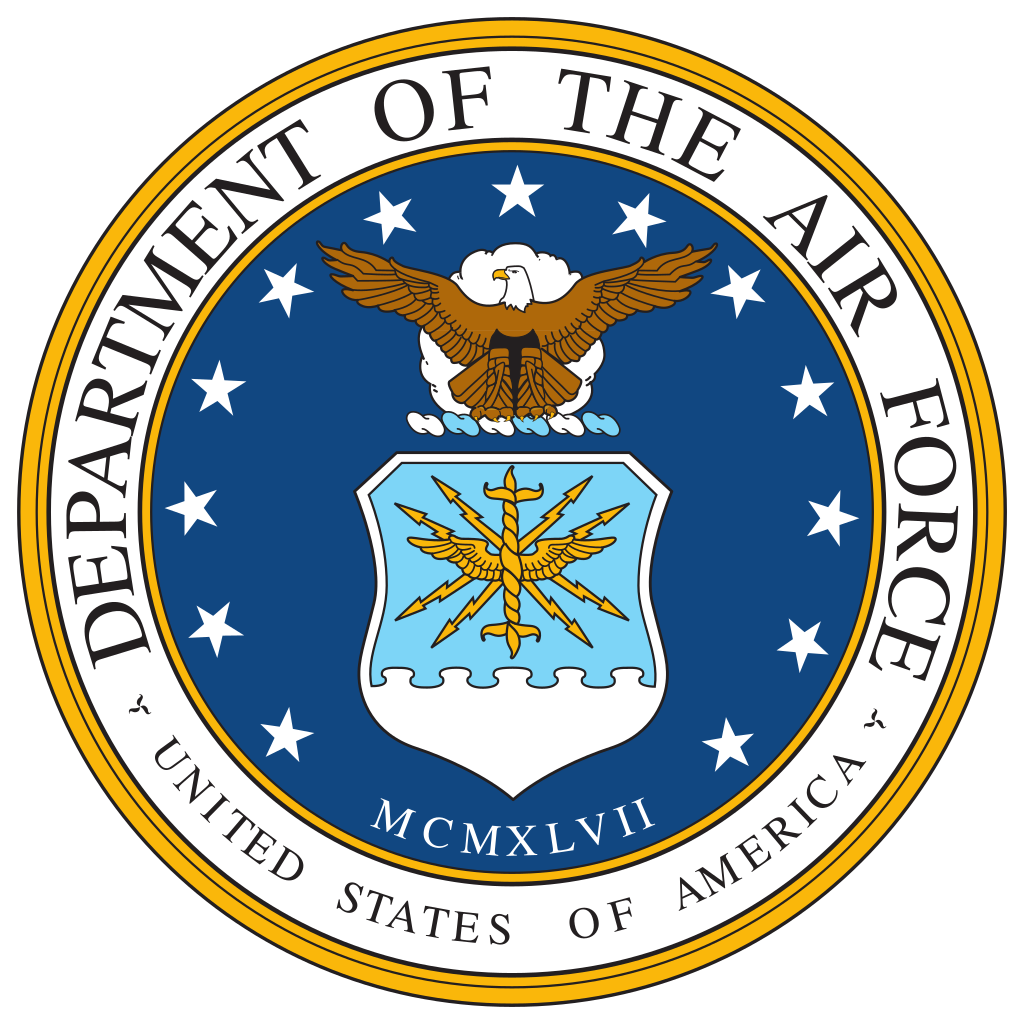
|
|
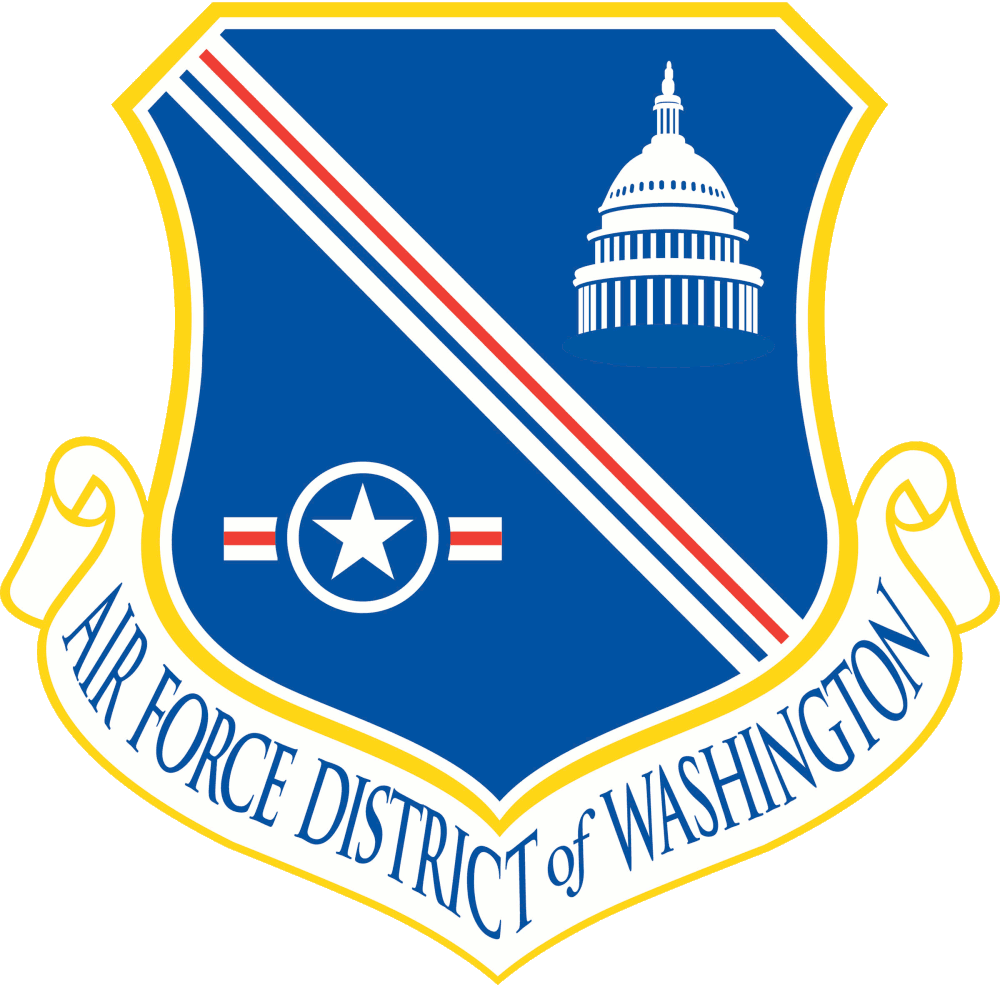
AIR FORCES DISTRICT OF WASHINGTON
| Unit | Airbase | Aircraft | Cabin Crew |
| Presidential Flight Team Alpha | Andrews AFB, Maryland | x1 VC-25 | 26 /// x4 Pilots, x22 Mission Crew |
| COG Crew 1 | Andrews AFB, Maryland | x1 E-4B | 112 /// x4 Pilots, x108 Mission Crew |
| EWO Officer | The White House, Washington D.C. | NA | 1 |

AIR MOBILITY COMMAND
| Unit | Airbase | Aircraft | Cabin Crew |
| 100th Air Mobility Squadron | Dover AFB, Delaware | x1 C-5B | 7 /// x1 aircraft commander, x1 pilot, x2 flight engineers, x3 loadmasters |
| 102nd Air Mobility Squadron | Ellington AFB, Texas | x2 C-40 | 12 /// x4 pilots, x2 crew chief, x2 loadmaster, and x4 second loadmasters |
| Strategic Mobility Crew | Andrews AFB, Maryland | x1 C-17 Globemaster III | 12 /// x4 pilots, x2 crew chief, x2 loadmaster, and x4 second loadmasters |

AIR FORCE SECURITY FORCES
| ORDER OF BATTLE | PERSONNEL | GARRISON |
| 7th Security Forces Squadron | 100 | Andrews AFB, Maryland |
DETAILS
VC-25 - Fully Fueled; x4 Pilots, x22 Mission Crew; Pilots fully rested; All crew uniformed; Food and beverages for two trans-Atlantic flights; Compasses and all necessary maps (terranean and deep-sea topographic maps) and other necessary standard on-board equipment and emergency manuals for VC-25; Full loadout of standard physical and electronic countermeasures for VC-25.
E4-B - Fully Fueled; x4 Pilots, x108 Mission Crew; Pilots fully rested; All crew uniformed; Food and beverages for two trans-Atlantic flights; Compasses and all necessary maps (terranean and deep-sea topographic maps) and other necessary standard on-board equipment and emergency manuals for VC-25; Full loadout of standard physical and electronic countermeasures for E4-B.
C-5B - Fully Fueled; x7 Crew (aircraft commander, pilot, 2 flight engineers, 3 loadmasters) uniformed; Crew fully rested and uniformed; Food and beverages for two trans-Atlantic flights; Compasses and all necessary maps (terranean and deep-sea topographic maps) and other necessary standard on-board equipment and emergency manuals for C-5B.
C-17 - Fully Fueled; x7 Crew (2 pilots, 1 loadmasters) uniformed; Crew fully rested and uniformed; Food and beverages for two trans-Atlantic flights; Compasses and all necessary maps (terranean and deep-sea topographic maps) and other necessary standard on-board equipment and emergency manuals for C-5B.
C-40 Clipper - x6 Crew (x2 pilots, x1 crew chief, x1 loadmaster, and x2 second loadmasters); Crew fully rested and uniformed; Food and beverages for two trans-Atlantic flights; Compasses and all necessary maps (terranean and deep-sea topographic maps) and other necessary standard on-board equipment and emergency manuals for C-40.
Air Force Security Forces - x1 M4 Carbine Assault Rifle and x7 loaded magazines; x1 M9 Semiautomatic Pistol and x5 loaded magazines; combat uniform.

| 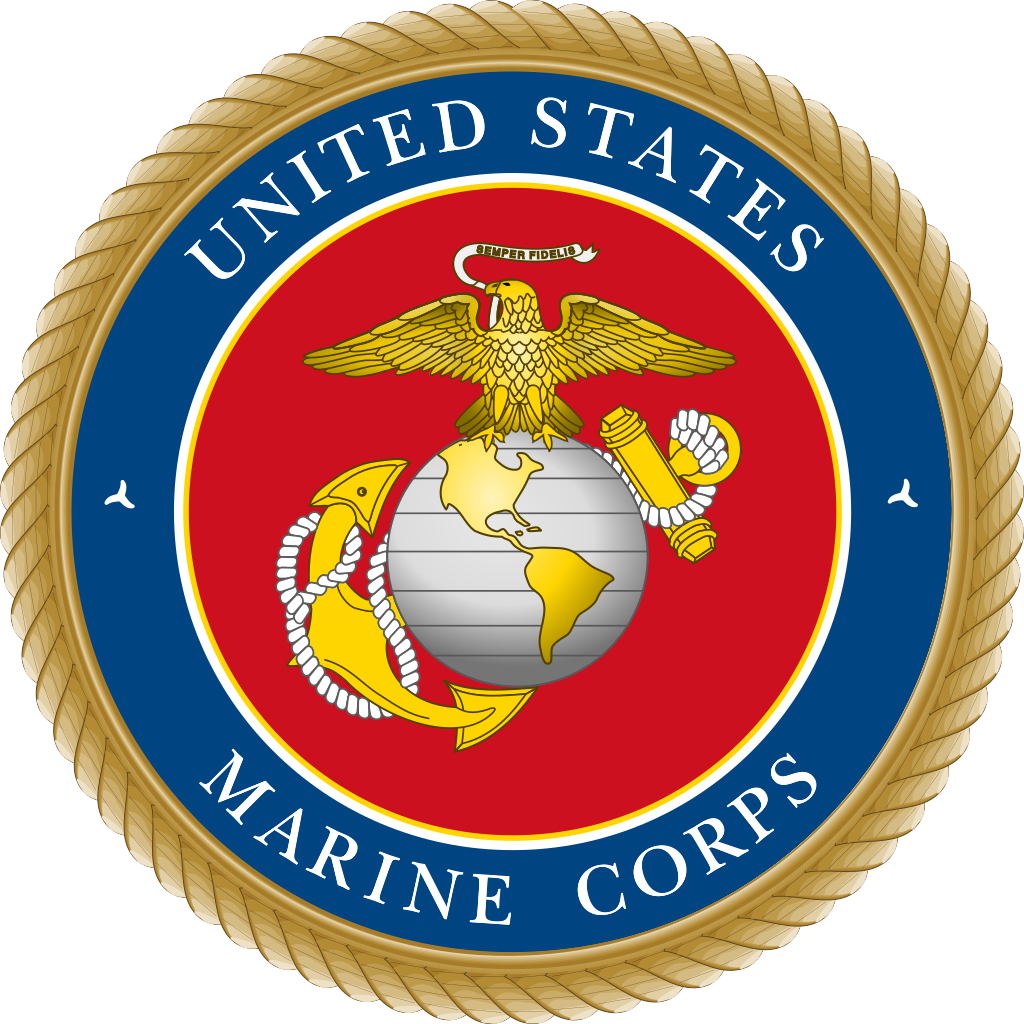
MARINE CORPS DEPLOYMENT | 
|
|
| Marine Helicopter Squadron One | Marine Corps Air Facility Quantico | x3 VH-60N | 12 /// x6 pilots, x6 crew chiefs |
VH-60N - Fully Fueled; x2 Pilots, x2 Mission Crew; Pilots and crew fully rested; All crew uniformed; Compasses and all necessary maps (terranean and deep-sea topographic maps) and other necessary standard on-board equipment and emergency manuals for VH-60N; Full loadout of standard physical and electronic countermeasures for VH-60N.
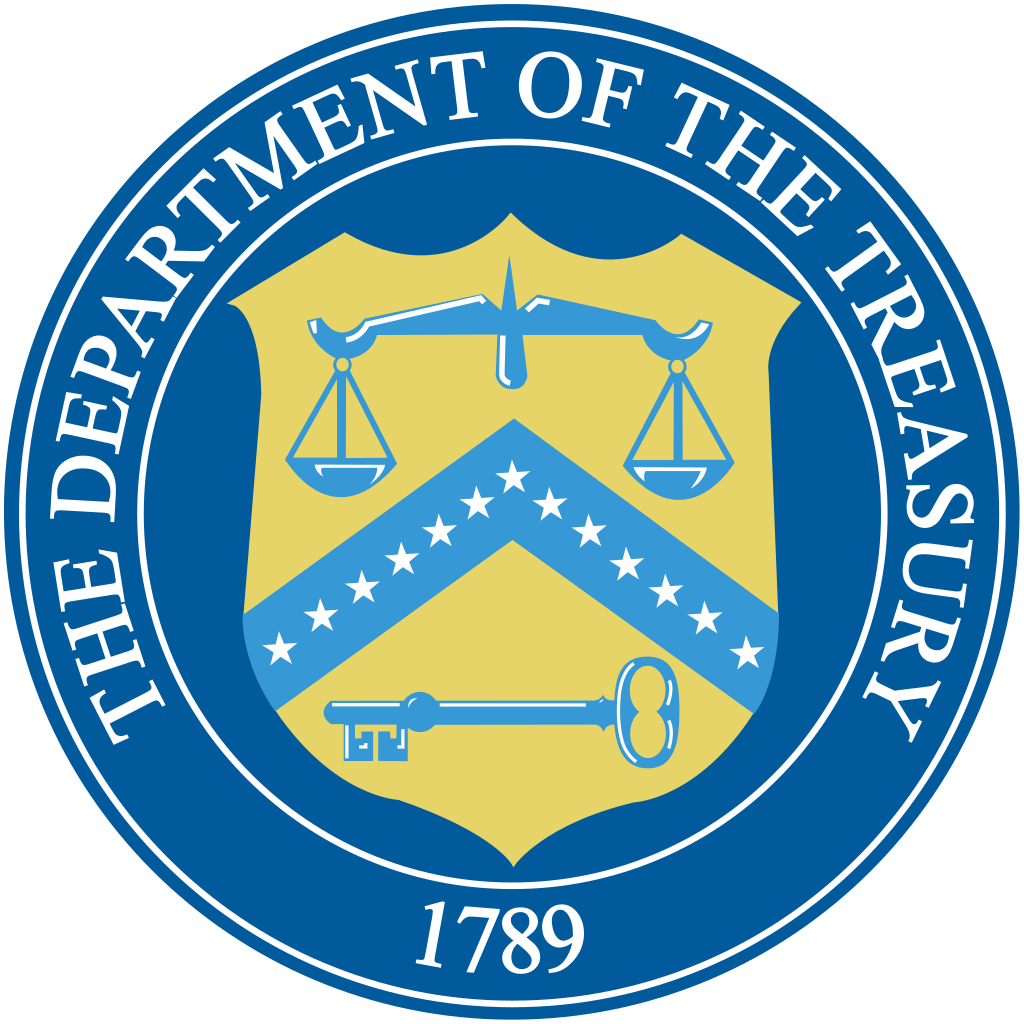
| 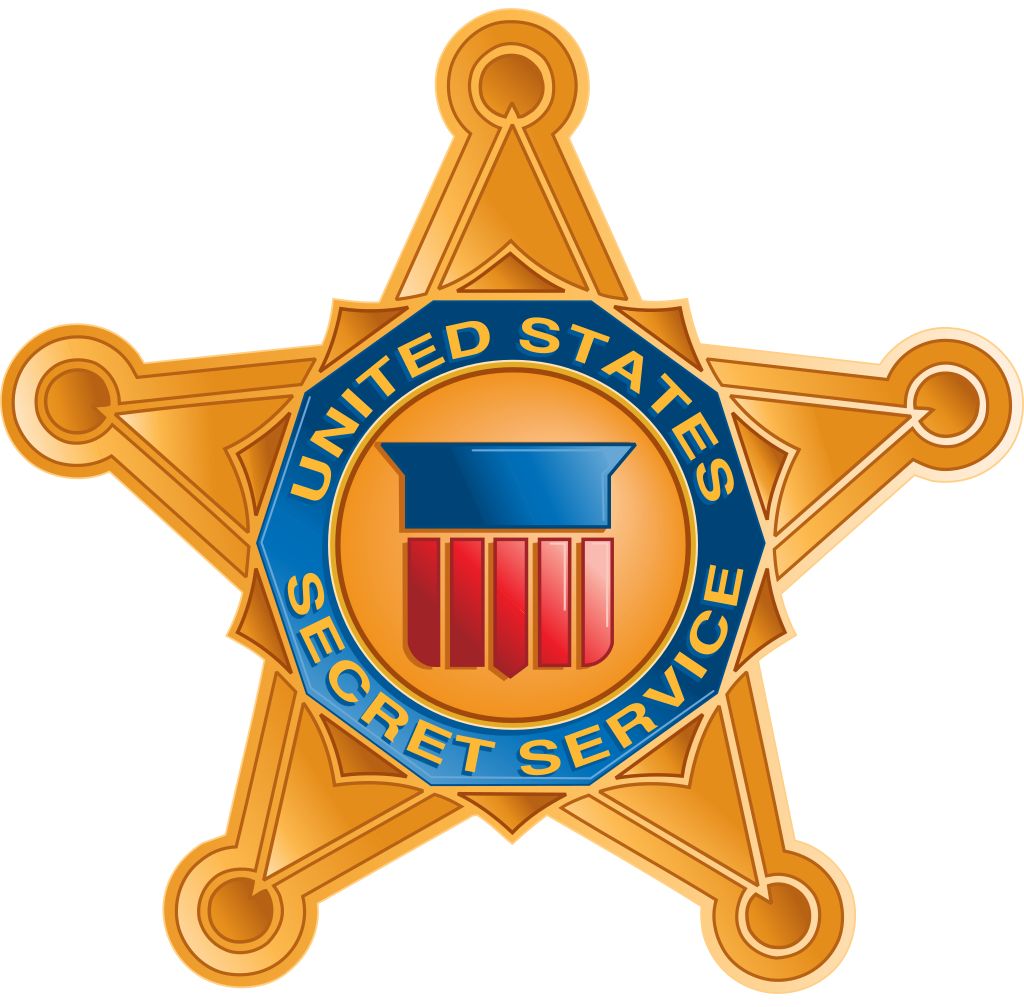
U.S. SECRET SERVICE ATTACHMENT | 
|
|
| ORDER OF BATTLE | PERSONNEL | GARRISON |
| Presidential Protection Detail | 40 Special Officers | The White House, Washington D.C. |
| Presidential Protection Detail | 5 Special Agents | The White House, Washington D.C. |
DETAILS
Special Officers - x1 SIG-Sauer P229 +5 magazines; x1 FN P90 +2 magazines; x1 Secret Service bullet proof vest under dress shirt; All weapons concealed under suit jacket of agent;
Special Agents - x1 SIG-Sauer P229 +5 magazines; All weapons concealed under suit jacket of agent.

| 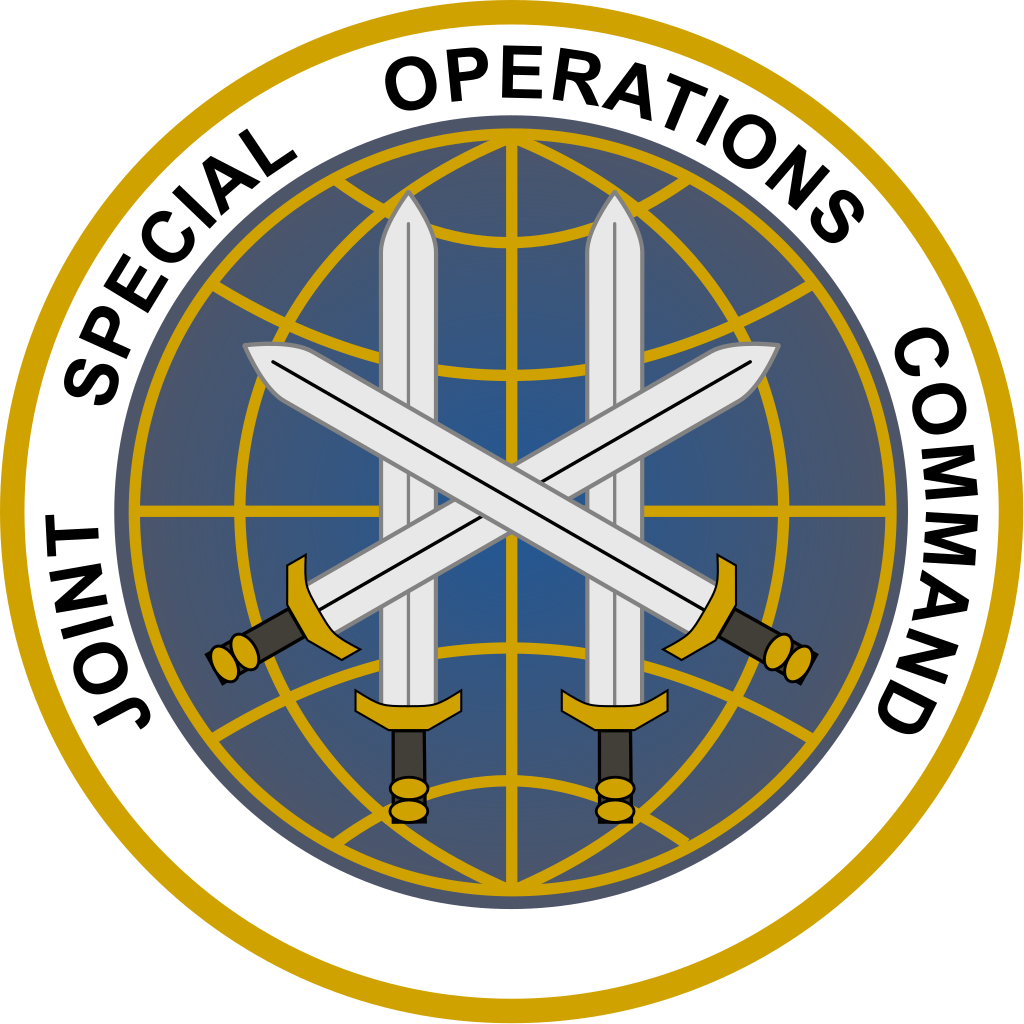
JSOC DEPLOYMENT | 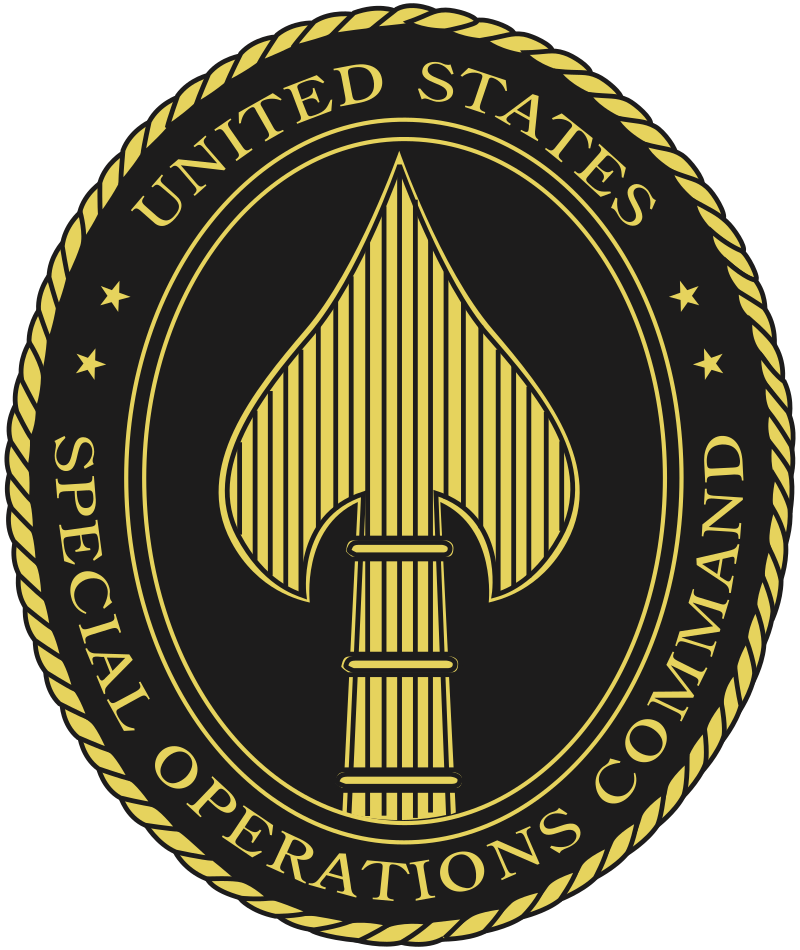
|
|
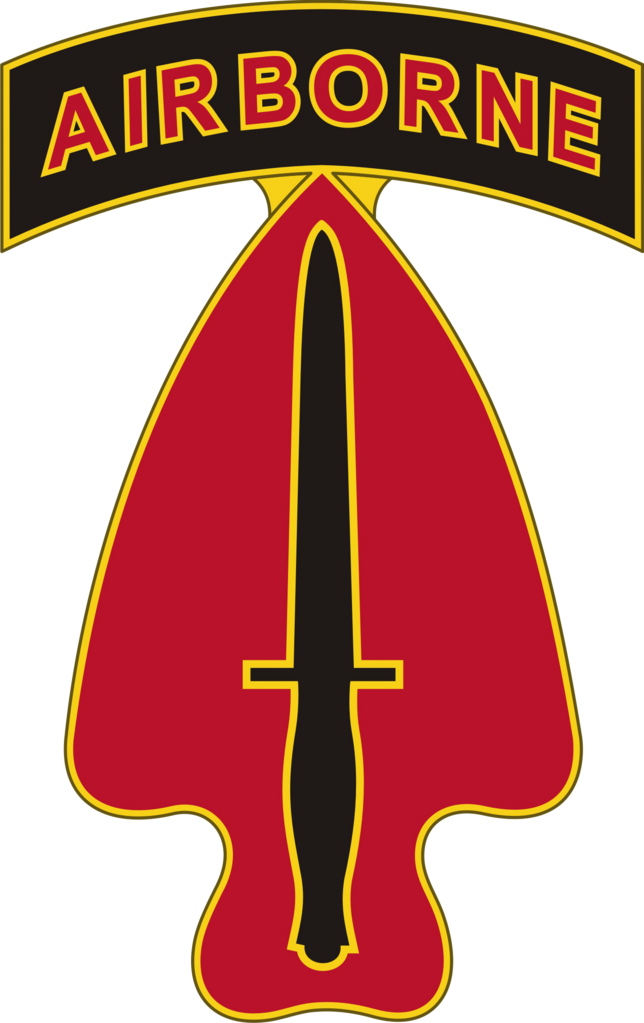
1ST SPECIAL FORCES
OPERATIONAL DETACHMENT-DELTA
Colonel Miles Kennedy
OPERATIONAL DETACHMENT-DELTA
Colonel Miles Kennedy
| SQUADRON | TROOP | PERSONNEL | GARRISON |
| Saber Squadron B | Echo Troop Troop | 16 Special Forces Operators | Fort Bragg, North Carolina |
| Saber Squadron B | Foxtrot Troop | 4/16 Special Forces Operators | Fort Bragg, North Carolina |
DETAILS
B Squadron - Operators in this squadron have the equipment and weapons listed below, per soldier, unless noted otherwise.
Apparel: x1 Enhanced Combat Helmet; x1 Army Combat Uniform (as well as boots and gloves) with American flag patch, x1 Jumpable Plate Carriers, x1 four-eyed special forces night vision/infrared goggles; x1 AN/PRC-148 Multiband Inter/Intra Team Radio; x1 The Individual First Aid Kit.
Weapons: x1 HK416 rifle +10 30-round magazines and bayonet, x1 M1911 +4 magazines; x1 Barrett M82 (per troop); x4 flashbangs; x2 white smoke grenade, x1 orange smoke grenade; x2 red flares; x6 M67 grenade.
|
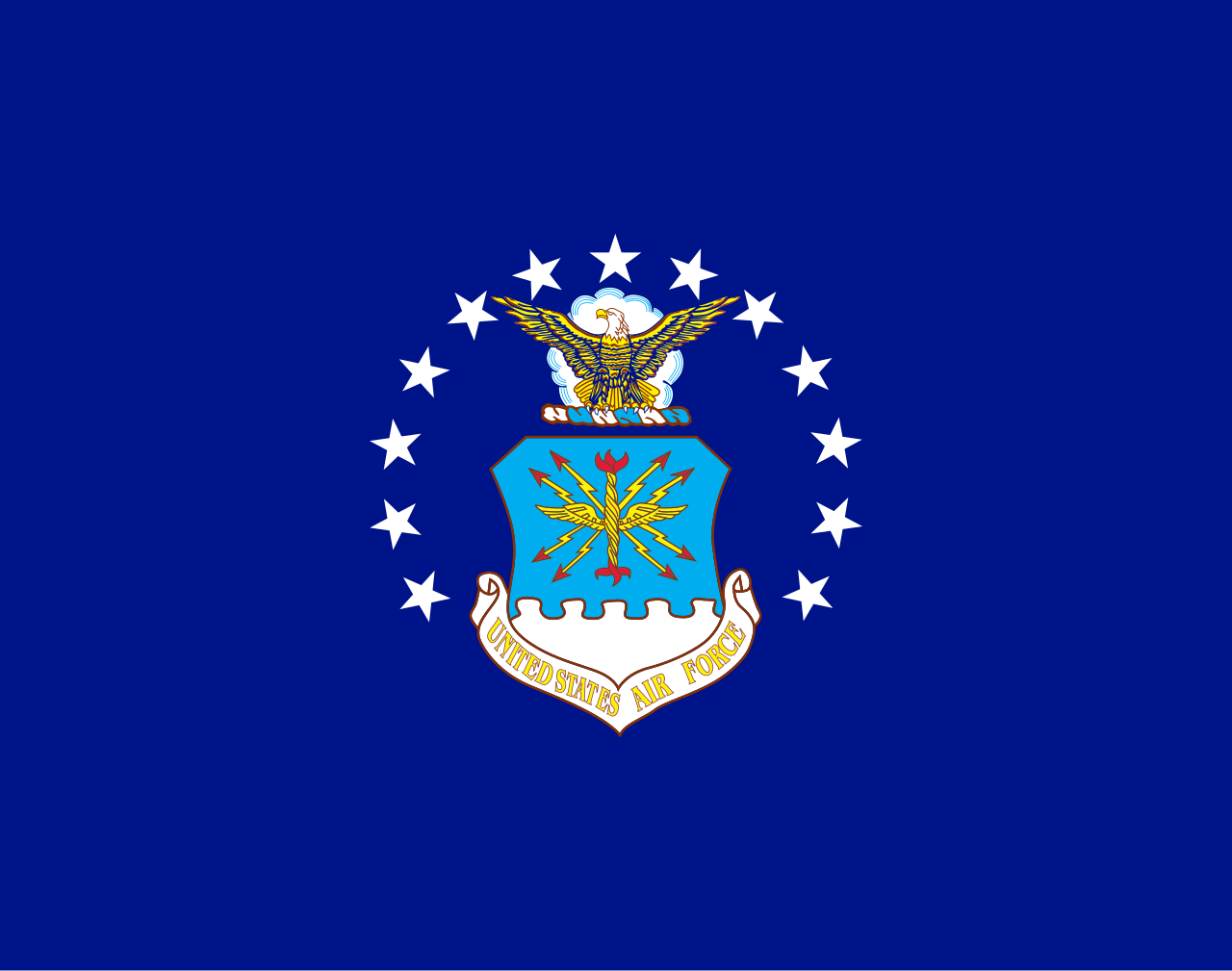
| 
DEPLOYMENT ORDERS | 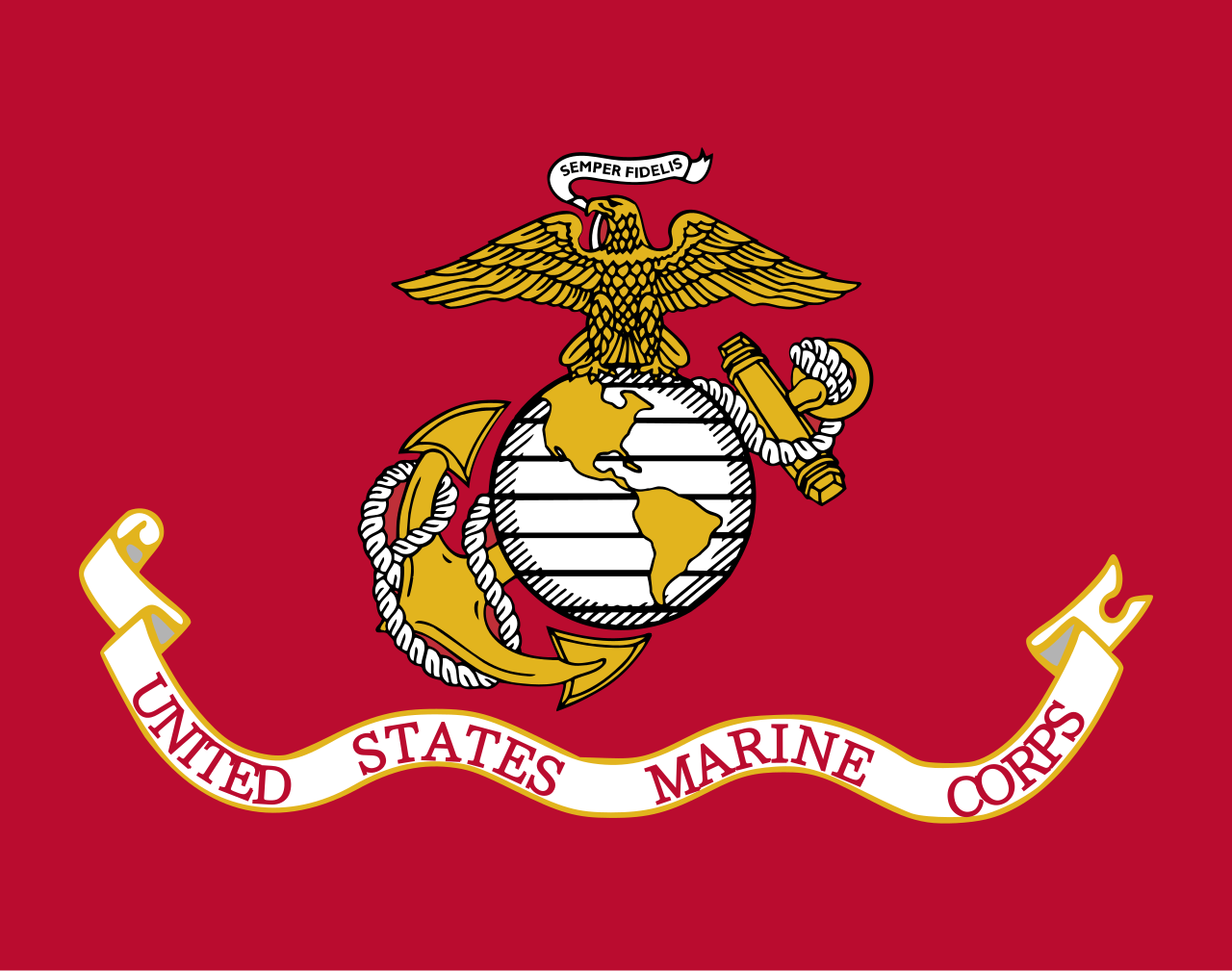
|
|
CONTEXT
Since the end of the second world war and especially since the 1980s, the "Special Relationship" between the United States and United Kingdom has been paramount to the global order and the Anglosphere. In Washington, geopolitical annalists at think-tanks, diplomats at the State Department, and generals and admirals at the Pentagon can all roundly agree that during the Gore and Clinton administrations, the only other national government in the world that the United States can trust, without any doubt or question, is that of the United Kingdom. The maintenance and growth of the Special Relationship has been seen as a benefit to both countries - the United States will always have a friend and partner in Europe, and the United Kingdom will always have a global powerhouse on its side, even if the rest of Europe decides to take a different path or falls to a foe. The American-British alliance, enshrined in the Treaty of Washington and reinforced with the ascension of both countries into TASA, is the most important geopolitical relationship to the United States. For this reason, the United Kingdom is one of the few countries where state visits are not just encouraged, but prioritized and expected.
The President accepted Prime Minister Lawrence Adams's offer of a State Visit for the First Family. The United States Secret Service, the Air Force, and the Marine Corps have all coordinated together along with the Department of State and Her Majesty's Government to ensure that the President and his family would have a safe and productive time in the United Kingdom.
The President accepted Prime Minister Lawrence Adams's offer of a State Visit for the First Family. The United States Secret Service, the Air Force, and the Marine Corps have all coordinated together along with the Department of State and Her Majesty's Government to ensure that the President and his family would have a safe and productive time in the United Kingdom.
THE DEPLOYMENT
To prepare for President Gore's departure, the Air Force, Marines, and Secret Service began organizing logistics so that everything would be ready once he arrived. All associated aircraft, personnel, equipment, and weapons listed above were brought to Andrews Air Force Base in Maryland.
The day before the President would depart to the United Kingdom, the following would take place. An E-4B, codename Nightwatch, and a C-40 Clipper were prepared for takeoff from Andrews Air Force Base in Maryland. Nightwatch was manned by its ominously-named "COG Crew," which stood for "Continuity of Government." The C-40 Clipper was manned with its crew as described in the orbit above, and also had the following passengers: 25 Air Force Security Forces (for on-the-ground protection of the E-4B), 10 Secret Service special officers (for on-board security in case the aircraft has to be used), and 20 Delta Force operators for additional protection. The aircraft were properly fueled and had their preflight checks performed. They were then loaded and the crews and passengers were brought aboard. The C-40 Clipper took off, followed an hour later by the E-4B, from Andrews. Both of the aircraft would take a mostly-direct path to the United Kingdom while flying at their cruising speeds and altitudes. Because of the current conflict between Canada and France, the decision was made to avoid Canadian airspace all-together. From Andrews, the aircraft flew to (43.279150, -55.378979) in the Atlantic Ocean and then took the most direct route to (56.338121, -7.154252) which was nearly over the Hebrides in the Irish Sea. From there, the aircraft would turn and take a direct path to RAF Mildenhall. The Royal Air Force was, securely, kept informed of the flight plans of the aircraft the entire time so that there would be no confusion when and where they would be entering British airspace. the aircraft would request permission to land at RAF Mildenhall (the C-40 first, followed by the E-4B around 30 minutes later).
The aircraft were parked in a secure section of RAF Mildenhall. The 25 Air Force Security Forces began shifts of eight hours where 8 men would be actively protecting (e.g. standing around in uniform with their loaded service weapons) the E-4B and the C-40 Clipper, while 8 other men were "on standby" (e.g. engaging in recreational activity but ready to respond if needed), and 8 more men were resting. The remaining one man was in operational control of the Air Force Security Forces. The American personnel would use the American facilities (or the facilities shared by the British and Americans) on the base for eating, recreation, and other activities, but they all had strict orders to remain at RAF Mildenhall. They would all abide by British law and base-rules while there.
That same day, the C-5B and another C-40 Clipper were adequately prepared and fueled at Andrews. The C-5B had Marine One, Two, and Three properly stored and secured inside of it (with the fuel removed from each helicopter). The C-40 Clipper had its flight crew on board as well as: 75 Air Force Security Forces (for on-the-ground protection of the American aircraft at RAF Brize Norton), 20 special officers of the Secret Service (for direct protection of the President), and the 12 Marines (the flight crews for Marine One, Two, and Three). After these aircraft were loaded, the aircraft were fueled, and all of the preflight checks were performed, the C-40 Clipper would take off, followed by the C-5B an hour later. The aircraft would take approximately the same route as Nightwatch, except they would be landing at RAF Brize Norton. The aircraft followed the same procedures when it came to contacting the RAF and British officials to make them aware of their presence and to allow them to land. Two KC-10s at RAF Mildenhall would refuel the incoming aircraft to ensure that they would be able to make it to RAF Brize Norton with fuel to spare.
Once they were on the ground, the crews and passengers of the aircraft would deplane after the aircraft were stored in a secure place. Marine One, Two, and Three would be removed from the aircraft the morning of the day that the President would arrive to England. The 75 Air Force Security Forces began 8 hours shifts with 25 men on each shift to perform armed patrols around the aircraft currently on the ground there (which would later be expanded to Air Force One). 25 men were assigned to each patrol, with the next group of men on standby (e.g. allowed to engage in recreation, but able to respond on a moment's notice if they were needed), with the remaining 25 men resting.
The following day, Air Force One was prepared at Andrews Air Force Base for the President and First Family. President Gore, the First Family, Secretary of Defense John Glass, and Deputy Secretary of State Charlie Price were the VIPs on the aircraft. The airplane also had vetted, American members of the press, ten special officers of the Secret Service, members of the President's National Security Council, and a couple of members of the President's Cabinet who needed to meet with him on the way to England (or on the way home). The aircraft was fueled and all preflight checks were performed by the aircrew and ground crews.
Air Force One took off without incident from Andrews and took a slightly altered course from that of Nightwatch to get to the United Kingdom. Air Force One would request to enter British airspace in advance - the exact time of when the President's aircraft would arrive to England wasn't known, but they knew it would be within a 60-minute window. Air Force One would land at RAF Brize Norton shortly before 9:00 in the morning. Secret Service and military personnel prepared for the arrival of the President by preparing the Marine One, Two, and Three helicopters for transport as well as making security preparations in conjunction with British forces on the ground. Once Air Force One had landed and taxied to its designated spot, the only task of the British would be wheel up a mobile staircase for those onboard to deplane the aircraft.
The day before the President would depart to the United Kingdom, the following would take place. An E-4B, codename Nightwatch, and a C-40 Clipper were prepared for takeoff from Andrews Air Force Base in Maryland. Nightwatch was manned by its ominously-named "COG Crew," which stood for "Continuity of Government." The C-40 Clipper was manned with its crew as described in the orbit above, and also had the following passengers: 25 Air Force Security Forces (for on-the-ground protection of the E-4B), 10 Secret Service special officers (for on-board security in case the aircraft has to be used), and 20 Delta Force operators for additional protection. The aircraft were properly fueled and had their preflight checks performed. They were then loaded and the crews and passengers were brought aboard. The C-40 Clipper took off, followed an hour later by the E-4B, from Andrews. Both of the aircraft would take a mostly-direct path to the United Kingdom while flying at their cruising speeds and altitudes. Because of the current conflict between Canada and France, the decision was made to avoid Canadian airspace all-together. From Andrews, the aircraft flew to (43.279150, -55.378979) in the Atlantic Ocean and then took the most direct route to (56.338121, -7.154252) which was nearly over the Hebrides in the Irish Sea. From there, the aircraft would turn and take a direct path to RAF Mildenhall. The Royal Air Force was, securely, kept informed of the flight plans of the aircraft the entire time so that there would be no confusion when and where they would be entering British airspace. the aircraft would request permission to land at RAF Mildenhall (the C-40 first, followed by the E-4B around 30 minutes later).
The aircraft were parked in a secure section of RAF Mildenhall. The 25 Air Force Security Forces began shifts of eight hours where 8 men would be actively protecting (e.g. standing around in uniform with their loaded service weapons) the E-4B and the C-40 Clipper, while 8 other men were "on standby" (e.g. engaging in recreational activity but ready to respond if needed), and 8 more men were resting. The remaining one man was in operational control of the Air Force Security Forces. The American personnel would use the American facilities (or the facilities shared by the British and Americans) on the base for eating, recreation, and other activities, but they all had strict orders to remain at RAF Mildenhall. They would all abide by British law and base-rules while there.
That same day, the C-5B and another C-40 Clipper were adequately prepared and fueled at Andrews. The C-5B had Marine One, Two, and Three properly stored and secured inside of it (with the fuel removed from each helicopter). The C-40 Clipper had its flight crew on board as well as: 75 Air Force Security Forces (for on-the-ground protection of the American aircraft at RAF Brize Norton), 20 special officers of the Secret Service (for direct protection of the President), and the 12 Marines (the flight crews for Marine One, Two, and Three). After these aircraft were loaded, the aircraft were fueled, and all of the preflight checks were performed, the C-40 Clipper would take off, followed by the C-5B an hour later. The aircraft would take approximately the same route as Nightwatch, except they would be landing at RAF Brize Norton. The aircraft followed the same procedures when it came to contacting the RAF and British officials to make them aware of their presence and to allow them to land. Two KC-10s at RAF Mildenhall would refuel the incoming aircraft to ensure that they would be able to make it to RAF Brize Norton with fuel to spare.
Once they were on the ground, the crews and passengers of the aircraft would deplane after the aircraft were stored in a secure place. Marine One, Two, and Three would be removed from the aircraft the morning of the day that the President would arrive to England. The 75 Air Force Security Forces began 8 hours shifts with 25 men on each shift to perform armed patrols around the aircraft currently on the ground there (which would later be expanded to Air Force One). 25 men were assigned to each patrol, with the next group of men on standby (e.g. allowed to engage in recreation, but able to respond on a moment's notice if they were needed), with the remaining 25 men resting.
The following day, Air Force One was prepared at Andrews Air Force Base for the President and First Family. President Gore, the First Family, Secretary of Defense John Glass, and Deputy Secretary of State Charlie Price were the VIPs on the aircraft. The airplane also had vetted, American members of the press, ten special officers of the Secret Service, members of the President's National Security Council, and a couple of members of the President's Cabinet who needed to meet with him on the way to England (or on the way home). The aircraft was fueled and all preflight checks were performed by the aircrew and ground crews.
Air Force One took off without incident from Andrews and took a slightly altered course from that of Nightwatch to get to the United Kingdom. Air Force One would request to enter British airspace in advance - the exact time of when the President's aircraft would arrive to England wasn't known, but they knew it would be within a 60-minute window. Air Force One would land at RAF Brize Norton shortly before 9:00 in the morning. Secret Service and military personnel prepared for the arrival of the President by preparing the Marine One, Two, and Three helicopters for transport as well as making security preparations in conjunction with British forces on the ground. Once Air Force One had landed and taxied to its designated spot, the only task of the British would be wheel up a mobile staircase for those onboard to deplane the aircraft.
TRANSIT
FM>GN>HN>HO>IO
Jamie
|
Last edited:


